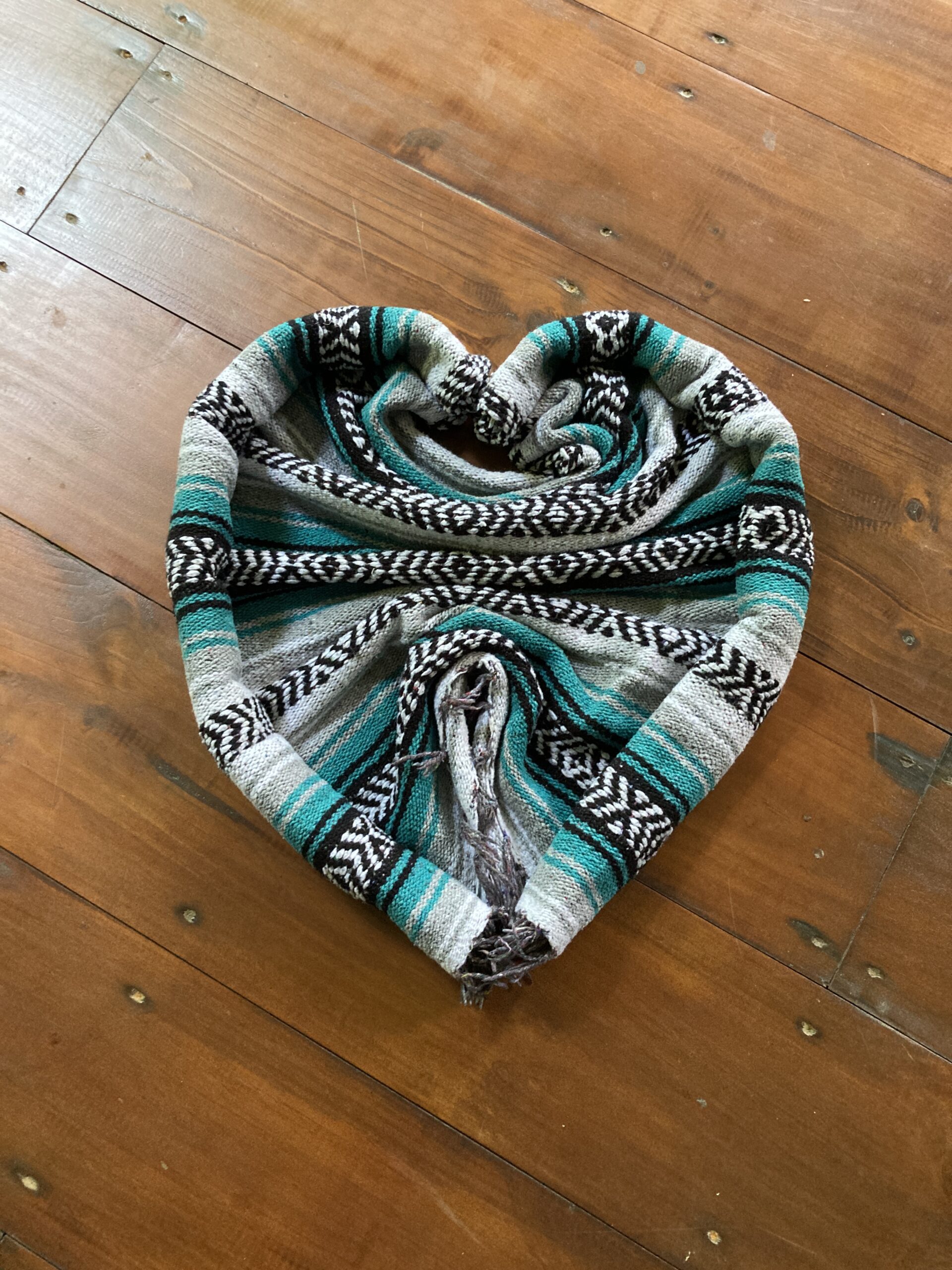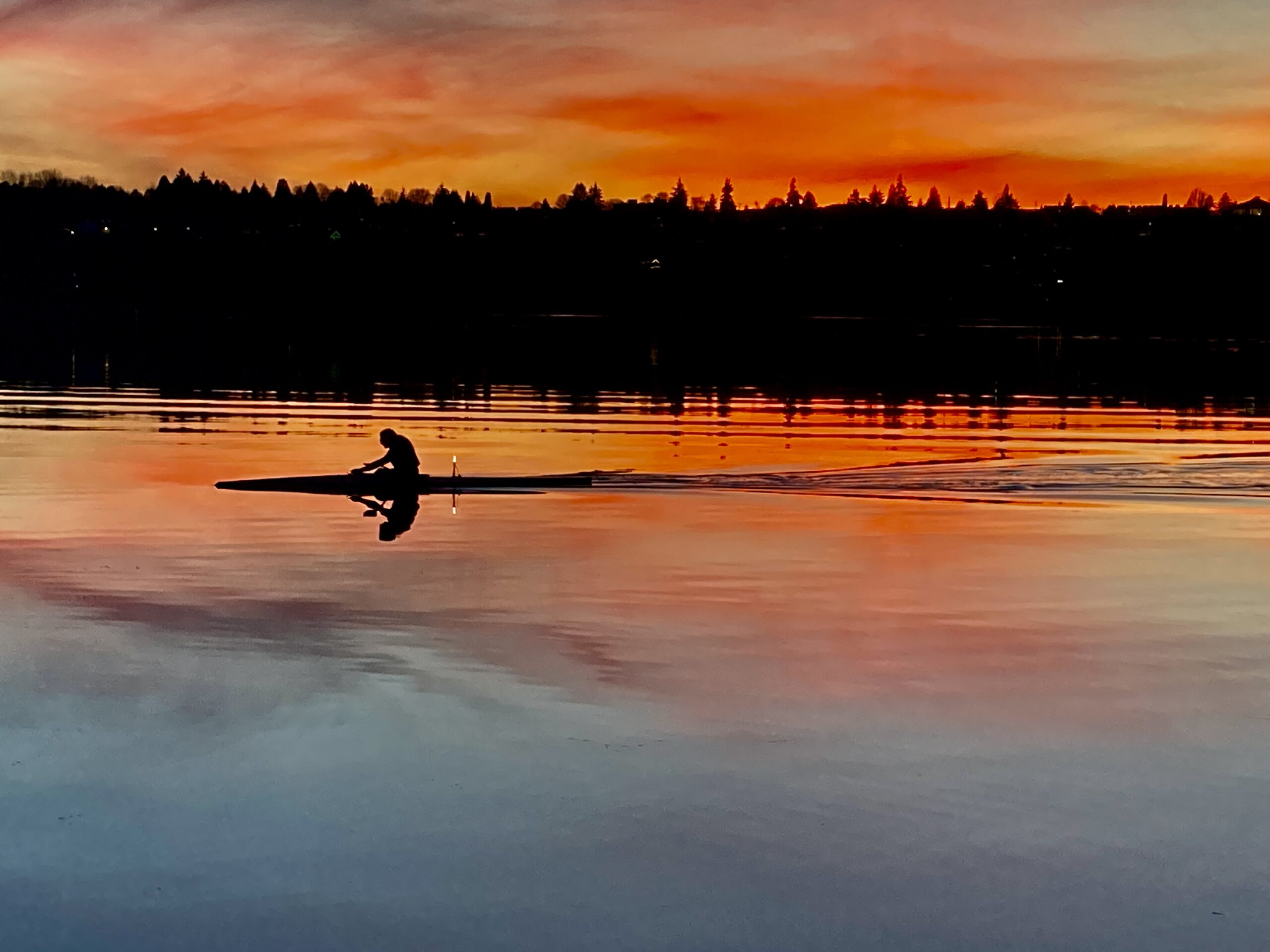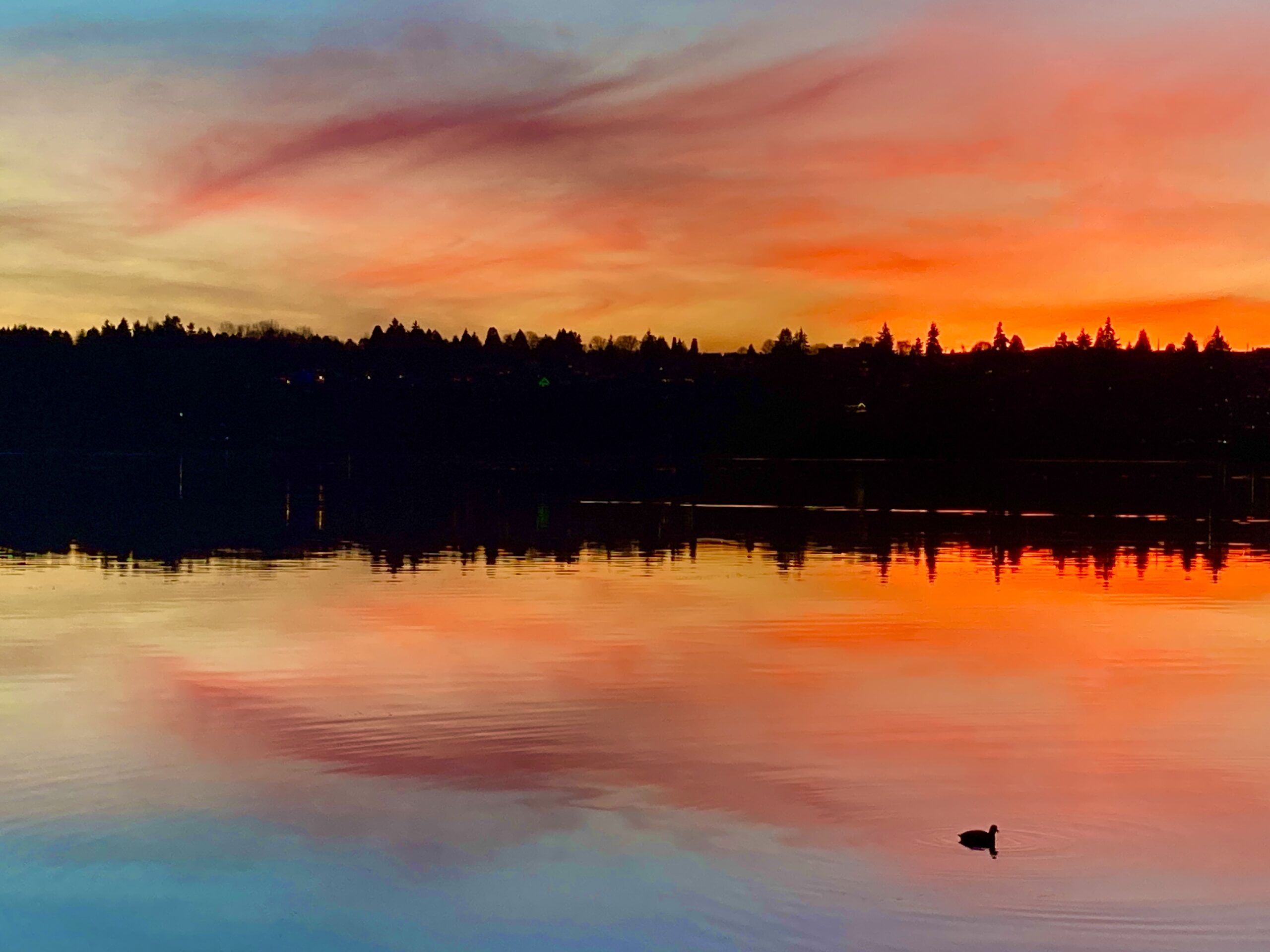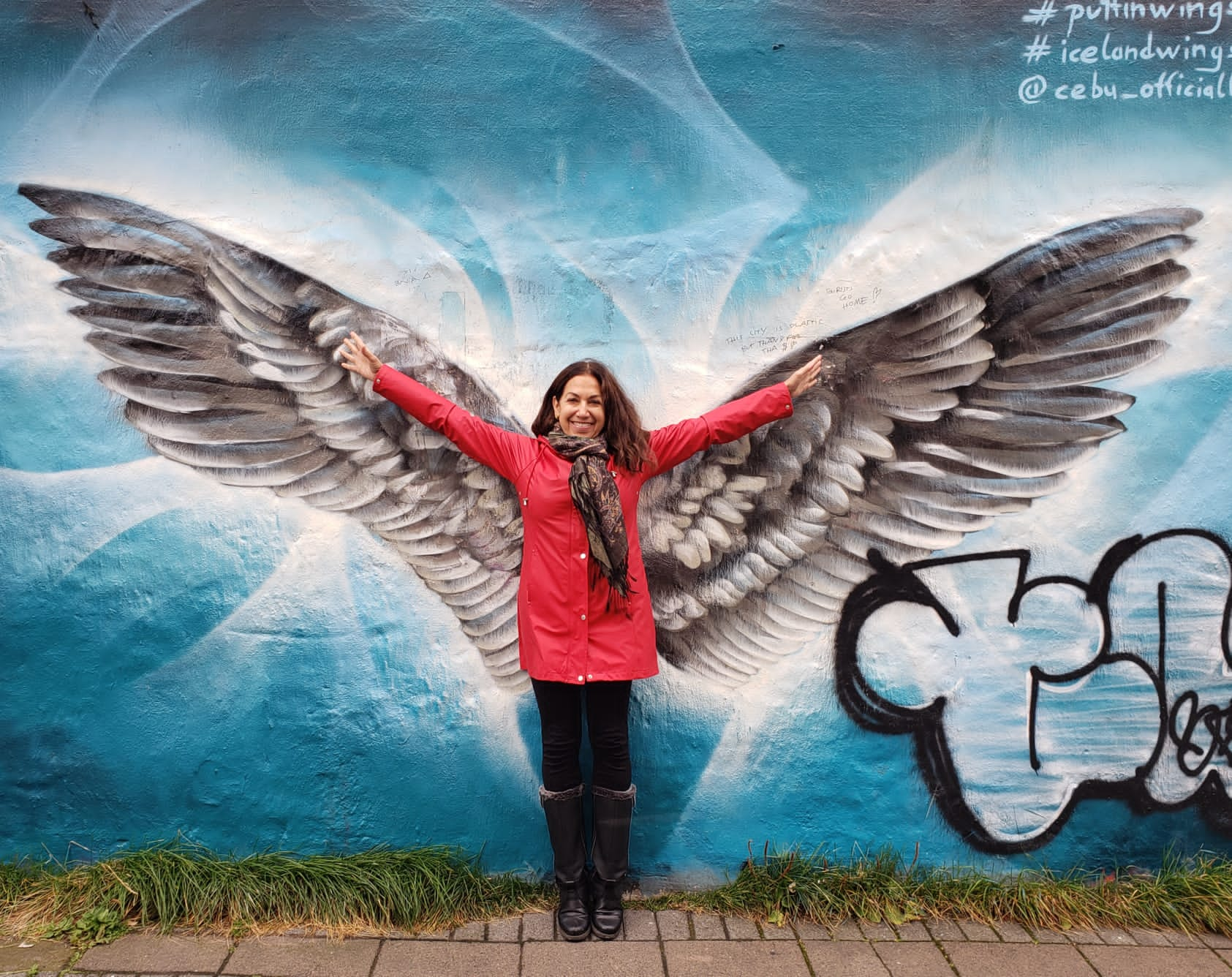Six years ago, I wrote a blog post about Peace Park in Seattle. If you blink you will miss this gem of a park because it is so tiny. The park embraces the story of Sadoko, a short term survivor of the Hiroshima bombing. Below is what I wrote six years ago on my blog post:
I have been wanting to go over to Peace Park for a while, so off we went. If you blink, you just might miss Peace Park! It is alongside a busy road, the University bridge, and an on-ramp. I pass this park a few times a week on my way to teach yoga classes at St. Joe’s, but I have never really stopped and visited the park.
“Peace Park was the dream of Dr. Floyd Schmoe, who after winning the Hiroshima Peace Prize in 1998 used the $5,000 prize money to clear a small lot near the University of Washington. From a pile of wrecked cars, garbage, and brush, he worked with community volunteers to build the beautiful Peace Park.”
The main feature of Peace Park is the sculpture, Sadako and the Thousand Cranes, created in 1990 by artist Daryl Smith. The statue is a life-size bronze of Sadako Sasaki, the young Japanese girl who survived the Hiroshima bombing only to die of radiation sickness at age 12. She lived one mile from Ground Zero.
“Sadako Sasaki was a Japanese girl living in Hiroshima when the atomic bomb was dropped on Japan on August 6, 1945. In 1955, at age 11, Sadako was diagnosed with leukemia, cancer caused by the atomic bomb.
While in the hospital, Sadako started to fold paper cranes. In Japan, there is a belief that if you fold 1000 paper cranes, then your wish will come true. Sadako spent 14 months in the hospital, folding paper cranes with whatever paper she could get. Her wish was that she would get well again. Sadako also wished for an end to all suffering and to attain peace and healing to the victims of the world.
Sadako died on October 25, 1955, she was 12 years old and had folded over 1300 paper cranes. Sadako’s friends and classmates raised money to build a memorial in honor of Sadako and other atomic bomb victims. The Hiroshima Peace Memorial was completed in 1958 and has a statue of Sadako holding a golden crane. At the base is a plaque that says:
This is our cry.
This is our prayer.
Peace in the world.In Seattle, Nobel Peace Prize nominee, Dr. Floyd Schmoe, built a life-size statue of Sadako. The statue was unveiled on August 6, 1990, 45 years after the bombing of Hiroshima. The statue is in the Seattle Peace Park and often has paper cranes draped over it.”
I found Sadako’s story very poignant and moving! Right after the Japan earthquake, there were so many paper cranes covering Sadako that the statue itself was hard to see. I could only see the statue covered by paper cranes from the car, (soggy paper cranes because of the rain!) and I have felt inspired to come to the park on foot ever since. Yesterday, we found Sadako covered with thousands of fresh paper cranes. There were a dozen roses at her feet.
Two days ago, we visited the Hiroshima Peace Memorial Park and Museum in Hiroshima, Japan. To see the memorial is necessary. To see it is a punch in the gut. The museum displays clearly show the horror of war and the devastation of the A-Bomb. The mass human suffering is relived as you walk through the galleries.
There were hundreds of school children with their notebooks, observing and taking notes. The presence of children, who are so innocent and who have never experienced war, gave me hope for a more peaceful world. I watched them hover over Sadoko’s photographs, looking at horror at her tattered school uniform, reading her pleas for peace, looking at the display of folded 1000 paper cranes.
- On August 6, 1945, during World War II (1939-45), an American B-29 bomber dropped the world’s first deployed atomic bomb over the Japanese city of Hiroshima. The explosion wiped out 90 percent of the city and immediately killed 80,000 people; tens of thousands more would later die of radiation exposure.
- The Gingko Biloba species of tree is 270 million years old. It rarely suffers disease or insect attack and was one of the only living things to survive the Hiroshima nuclear bombing. The trees healed quickly and are still alive today.
- The oleander is the official flower of the city of Hiroshima because it was the first thing to bloom again after the explosion of the atomic bomb in 1945.
- The Flame of Peace in Hiroshima, Japan has burned since 1964 in honor of the victims and will be extinguished only when all nuclear weapons are removed from the world and the Earth is free from nuclear threat.

You can see the peace flame burning!
The peace park was established in 1949 and serves as a symbol of peace. The museum and park were built to remind future generations of the terror of war and the terror brought on by atomic bombings.
A commitment to peace (written by the Survivors of Hiroshima):
We cannot simply wait.
Who will make this world peaceful?
The future, overwhelming with hope and dreams,
Is something that we, every single one of us, shape.
We treasure life and desire peace.
Below are my photos from two days ago:

City of Hiroshima. Ground Zero is right by the one existing skeletal building (a few others survived the blast but this is the only one still standing)

Statue of Sadoko

1000 Paper Cranes

Near Ground Zero

Where do you want to go?

Hiroshima










Held Up in Dry Dock (Vietnam stint visit to Nagasaki, 1973)
As if we hadn’t seen enough
steaming up and down the Tonkin Gulf,
we took the train to Nagasaki,
while the ship was held up in dry dock,
stood beneath the epicenter
of the Thin Man some say
ended World War Two,
visited the war museum,
plastic replicas of melted bodies,
human shadows burnt into walls,
an aerial photograph of the city
pressed flat as a chrysanthemum.
And the Peace Statue,
pointing its long bronze finger
at everyone but us,
where we hesitated
and took photographs,
wondering what that hunk of metal
would look like in Vietnam.
Wow! Still carries the same message, the same weight, the same punch in the gut.
Give peace a chance. Such simple words but to accomplish, in our modern world, extremely difficult. This blog was very moving to me. Sadako was a brave and courageous little girl. May her thousand cranes and her goal of peace be not ignored but embraced. I will do my part to achieve her dream and forever will I honor her. Let her and all others affected by the ugliness of war be remembered with honor and respect. Let peace be our food and drink that we may share with others.
The museum in Hiroshima brought me to tears. But i, too, left with hope in my heart.
Tina
A sad and lovely story,we have to visit the Piece Park when I come to Seattle next time.
Beautiful photos Fran.